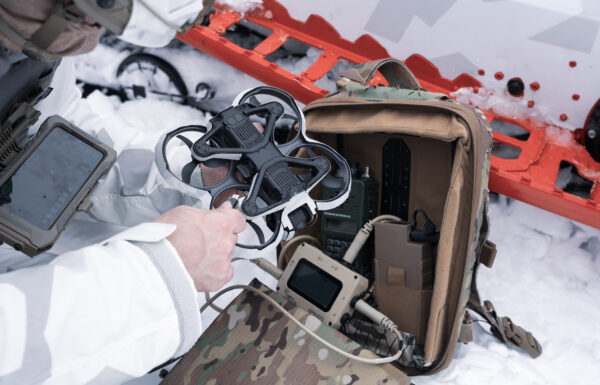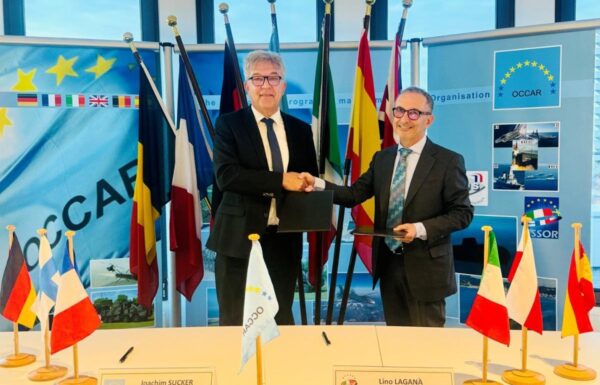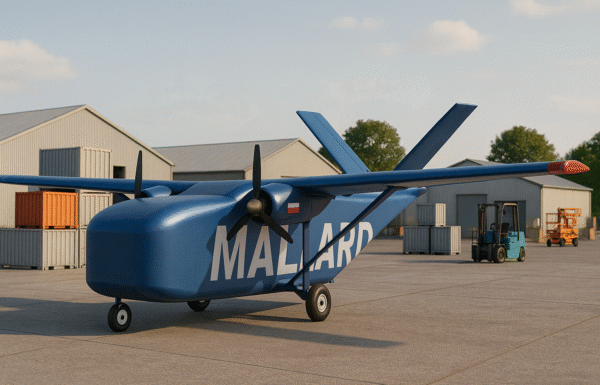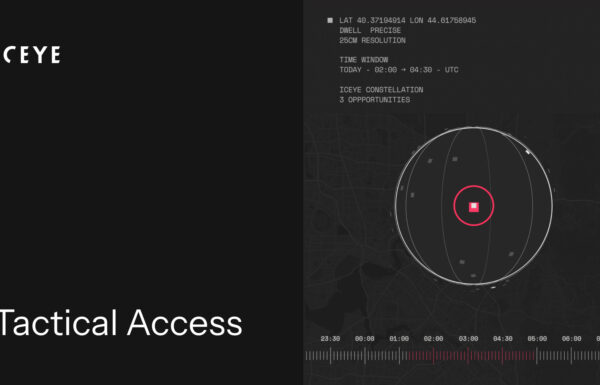On Tuesday, February 25, 2025, a keel-laying ceremony took place at the German shipyard NVL Group Peene-Werft in Wolgast (formerly Fr. Lürssen Werft) in the federal state of Mecklenburg-Western Pomerania. The ceremony marked the start of construction of the first of three new Type 424 electronic reconnaissance ships, which will serve as successors to the Type 423 Oste-class vessels for the German Navy (Deutsche Marine). The first steel cutting took place on November 21, 2024, in Lemwerder, Lower Saxony.
The ceremony was attended by the Inspector of the German Navy (Deutsche Marine), Vice Admiral Jan Christian Kaack; the Inspector of the Cyber and Information Domain Service (Cyber- und Informationsraum, CIR), Vice Admiral Thomas Daum; the Deputy Inspector General of the Bundeswehr, General Andreas Hoppe; the Minister-President of Mecklenburg-Western Pomerania, Manuela Schwesig; and the Head of the Naval Department at the Federal Office of Bundeswehr Equipment, Information Technology, and In-Service Support (Bundesamt für Ausrüstung, Informationstechnik und Nutzung der Bundeswehr, BAAINBw), Rear Admiral Andreas Czerwinski.
“Our fleet service boats, operated by the German Navy (Deutsche Marine) and used for reconnaissance by the soldiers of the Cyber and Information Domain Service, are a highly effective and indispensable strategic intelligence asset for combat-ready armed forces. That is why I am pleased about the keel-laying of the first Type 424 fleet service boat,” said Vice Admiral Daum.
“Our new fleet service boats represent an indispensable component of national security provision. They are highly specialized, they are in high demand and they will have to meet the high requirements across the entire reconnaissance spectrum worldwide in a future-proof manner: up to a year in the operational area, future-proof thanks to flexible design, with helicopter landing capability and the ability to take drones on board. Also new for German fleet service boats is the ability to provide supply at sea (RAS) to increase the downtime at sea and – underlying everything – a technical generational leap in sensor technology, data processing and data transfer. For the German Navy, the new fleet service boats will be an absolutely valuable gain in capabilities and we look forward to being able to use them shoulder to shoulder with our comrades from the CIR,” added Vice Admiral Kaack.
Tim Wagner, CEO of NVL, described the event as an important milestone and praised the dedication of all those involved in the project. “We are well on schedule with this demanding project. Now, it is crucial to maintain the pace in the construction phase together with our client and all partners.”
The construction is the result of a research and development contract signed on June 24, 2021, under the Flottendienstboote der Klasse 424 program, as well as an execution contract for the construction of three ships signed on July 10, 2023, for the equivalent of 3.3 billion EUR. Interestingly, the original expectation of the contracting authority was that the design and construction would be completed within a budget of 2.1 billion EUR.
The Type 424 electronic reconnaissance ships will each be 132 meters long and have a crew of 42 officers and sailors. The vessels’ architecture will also incorporate civilian design elements. The contract includes the construction of a simulator center by 2027, while the delivery of the prototype ship is scheduled for 2029. The primary mission of the new ships will be reconnaissance and the collection of signals intelligence (SIGINT), though the exact specifications of their equipment remain classified.
The new vessels will replace the three Type 423 Oste-class ships: FGS Alster (A 50), FGS Oste (A 52), and FGS Oker (A 53), which entered service between 1988 and 1989. These ships measure 83.5 meters in length, 14.6 meters in width, and have a displacement of 3,200 tons. Notably, FGS Alster visited the port of Gdynia on April 23–24, 2023, to replenish supplies and refuel. The vessel has been conducting surveillance of the Kaliningrad Oblast region in response to the ongoing full-scale Russian-Ukrainian war.

































